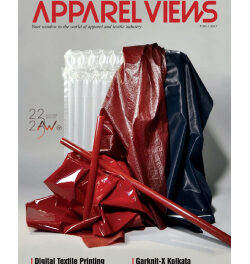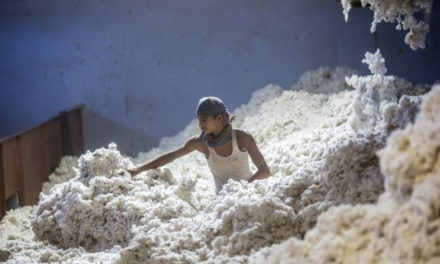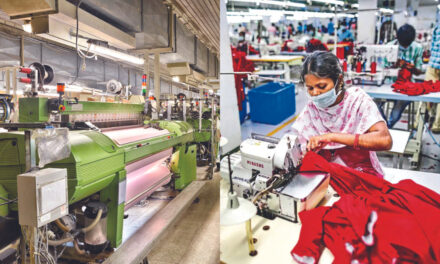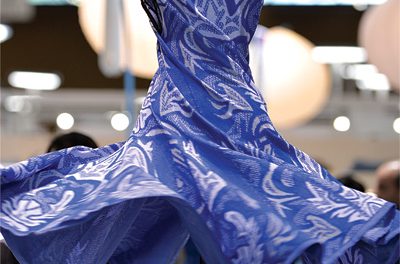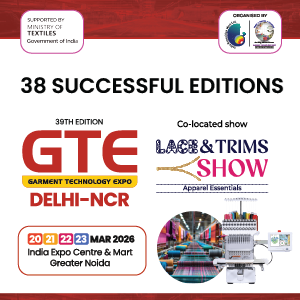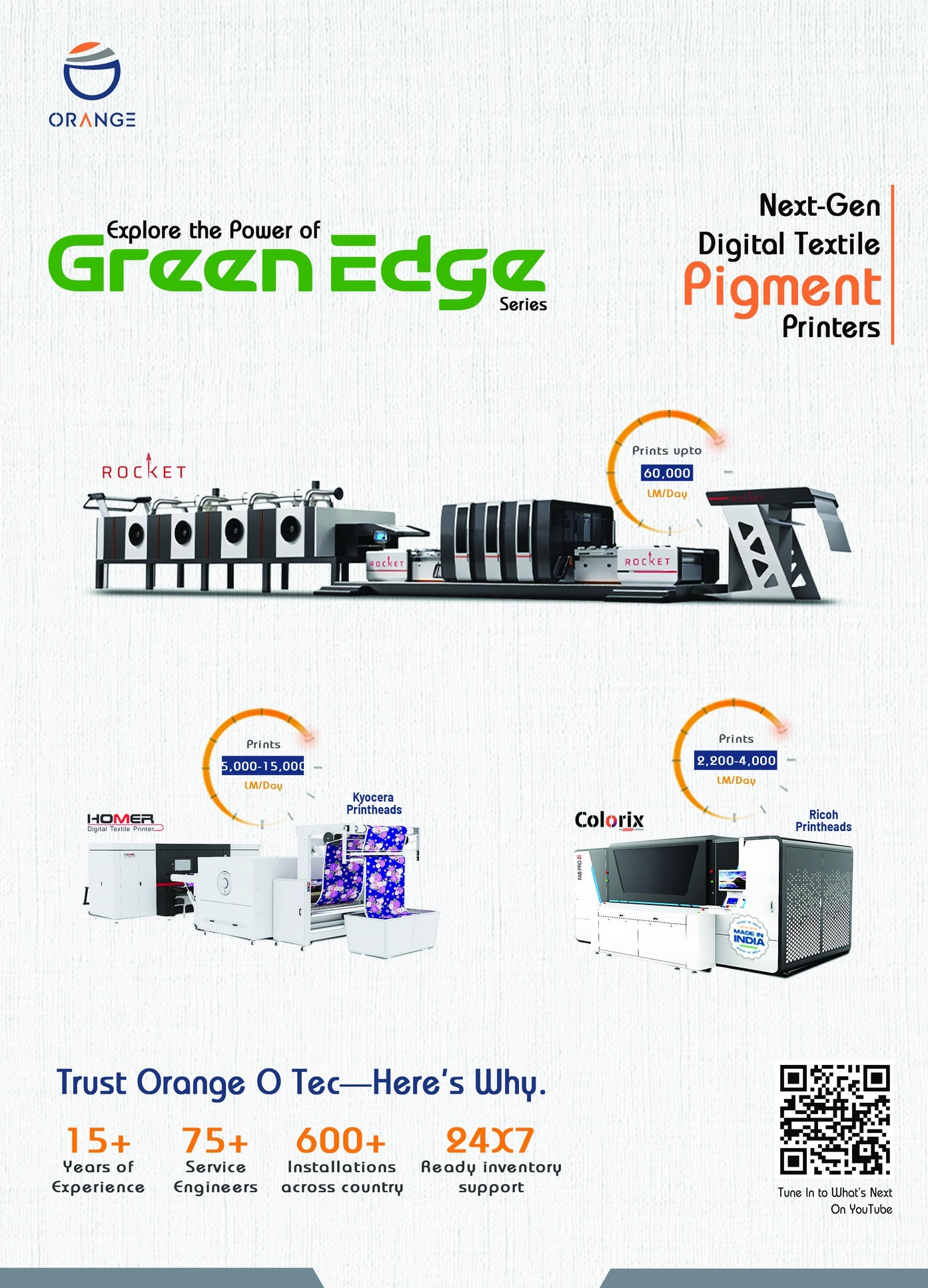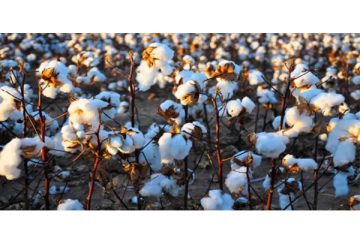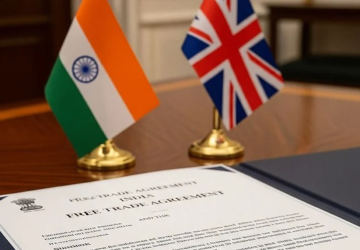In today’s fast-paced fashion and textile world, Direct-to-Garment (DTG) printing has emerged as a game-changer for everything from personalized tees to industrial garment production. With consumers expecting faster delivery, sustainable practices, and richer designs, DTG printing is no longer just an option – it’s a necessity.
Here’s a detailed look at the top DTG printers of 2025, along with objective specs, unique features, and use-case alignment:

 Kornit Atlas MAX
Kornit Atlas MAX
The flagship model from Israel’s Kornit, this printer is engineered for highspeed, high-resolution output with 3D printing effects. Powered by NeoPigment Eco-inks and a waterless system, it’s perfect for sustainable mass production
Brother GTXpro / BULK
Known for exceptional detail and reliable bulk printing, this Japanese workhorse use Innobella Textile inks. It is perfect for growing brands balancing variety with volume
Epson SureColor F3070 / F2270
Epson’s innovation continues with the F2270 offering both DTG and DTF capabilities. Their dual printhead system and UltraChrome DG inks support fast output and vibrant designs
Aeoon KYO Series
Austria’s Aeoon offers the fastest DTG machines globally, with resolutions up to 2400 dpi. Modular and scalable, it’s a factory favorite for automationready garment production
ColorJet TXF / VastraJet K2
ColorJet’s TXF model combines DTG and DTF capabilities with ecopigment GOTS-certified inks and their proprietary AiS™ ink management system. It’s increasingly popular among mid-size exporters and sustainable fashion brands
Ricoh Ri 2000 and OmniPrint 330TX
Ideal for startup and small-run printing, these models provide professional quality with user-friendly interfaces and auto-maintenance features
Polyprint TexJet NG Greece-based Polyprint offers hybrid compatibility and an excellent ROI for on-demand platforms.
When selecting the right DTG printer, speed, ink cost, resolution, and sharpness of print capabilities play critical roles. Brands must weigh CAPEX vs. OPEX, expected volume, fabric compatibility, Ink with Sustainability, Wastages due to improper quality, RIT (Right in Time) for Garments printing, Fit and Forget technology machine and maintenance support.
Sathyanandan Prabakaran

